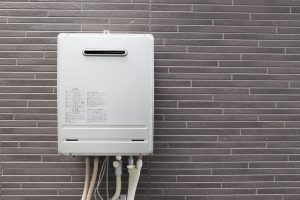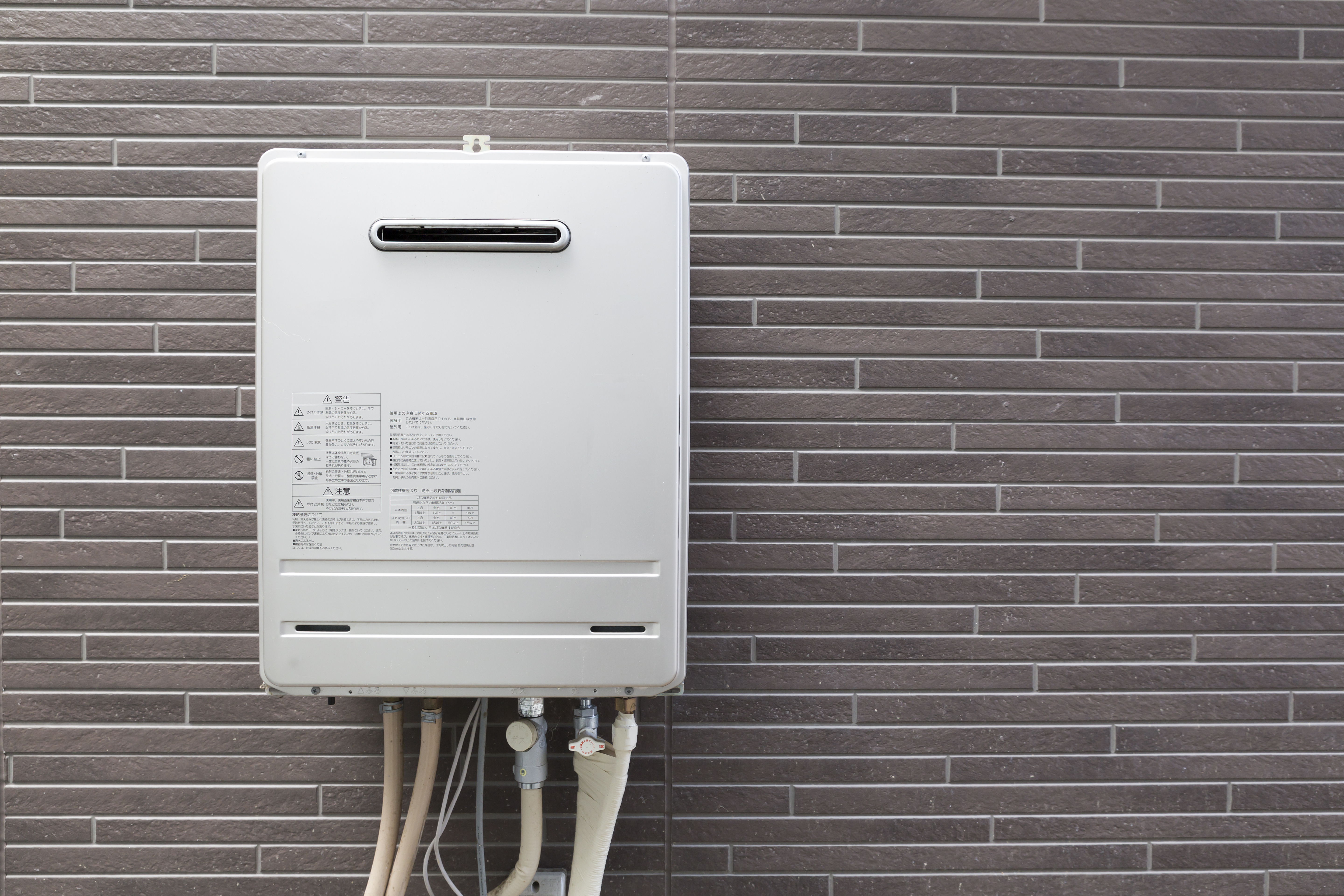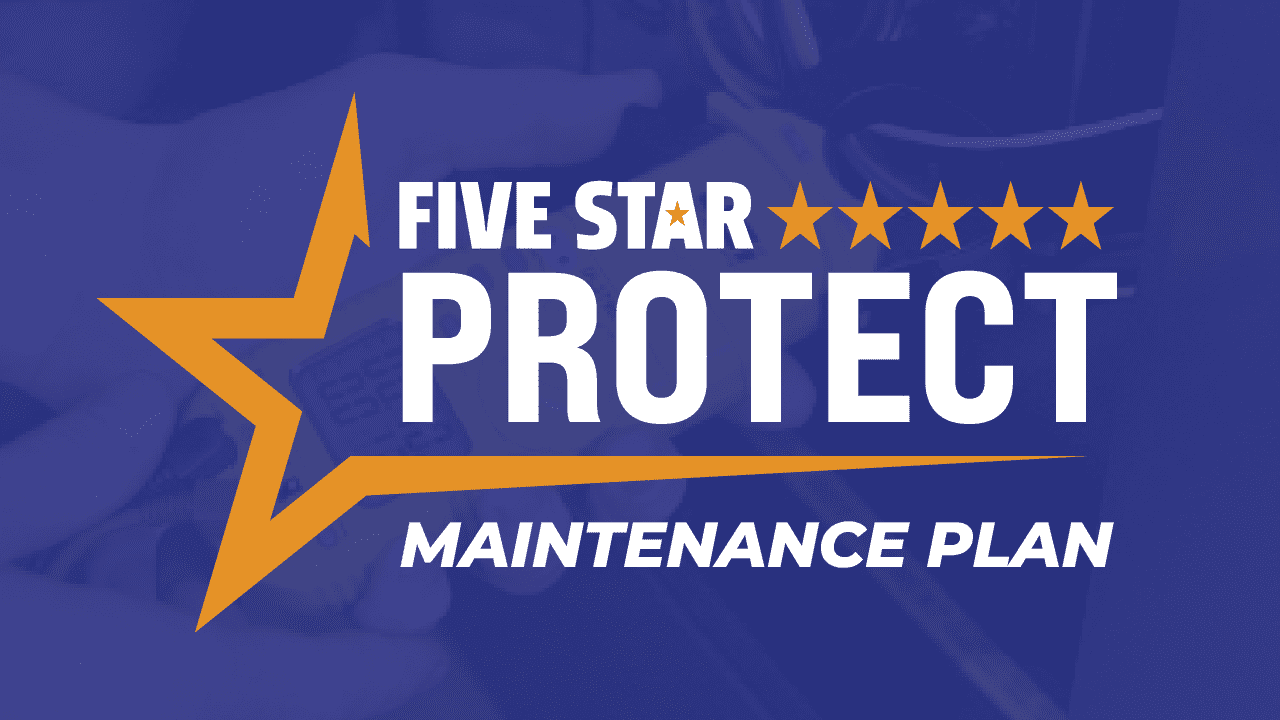Have you ever been in the shower when your hot water tank runs out of water? If you find yourself imaging having unlimited hot water it is time to consider switching to a tankless hot water heater. There may also be a cost savings to justify the upgrade.
How Standard Water Heaters Work
Standard water heaters typically hold between 30 to 50 gallons of water at a time. The water in the tank is heated to a preset temperature and held in the tank until it is used. Whenever you take a shower, run your dishwasher after dinner, or do a load of laundry, water is pumped from the tank and replaced with colder water. The heater elements within the water heater automatically turns on and the water reservoir is heated back to the set temperature.
Hot water tanks are bulky and take up a considerable amount of space inside a home. Upgrading to tankless water heater eliminates this footprint and increases the usage amount of square footage in your house.
A standard hot water heater will meet the hot water demands until the reservoir is depleted. As long as there is hot water in the tank, it is available in the house. When all the heated water has been used it takes a period of time for the heater to reheat the water in the tank. This recovery period is when a home is “out of hot water.”
Maintaining a reservoir of hot water requires the heating unit to continually turn on throughout the day to keep the water reserve at the preset temperature.
Why Choose Tankless?
 Tankless water heaters provide hot water by directly heating it without the use of a storage tank. The cold water flows through the heating unit when a tap is turned on. This allows a continued flow of hot water without having to worry about exhausting the reservoir. This eliminates the standby heat loss and helps reduce the energy costs associated with hot water. The one limiting factor to consider is the maximum rate of hot water flow.
Tankless water heaters provide hot water by directly heating it without the use of a storage tank. The cold water flows through the heating unit when a tap is turned on. This allows a continued flow of hot water without having to worry about exhausting the reservoir. This eliminates the standby heat loss and helps reduce the energy costs associated with hot water. The one limiting factor to consider is the maximum rate of hot water flow.
If the demand for hot water is too much, the heating unit might not be able to keep up with the need. Most tankless water heaters are able to provide 2 – 5 gallons of hot water a minute. This may not be enough to allow for simultaneous operating of high use appliances like dishwashers and laundry machines. One solution for high use homes is to install separate heating units for select appliances.
Energy Savings
All this sounds great but what about the energy savings? According to an energy.gov study, tankless water heaters may reduce water heating costs by up to 50%. ENERGY STAR® estimates that a family with average water use habits can save $100 or more per year with an ENERGY STAR qualified tankless water heater.
Selecting a tankless water heater with an intermittent ignition device can further increase the energy savings. This device operates similarly to spark ignition on gas stoves eliminating the need for a constantly burning pilot light.





